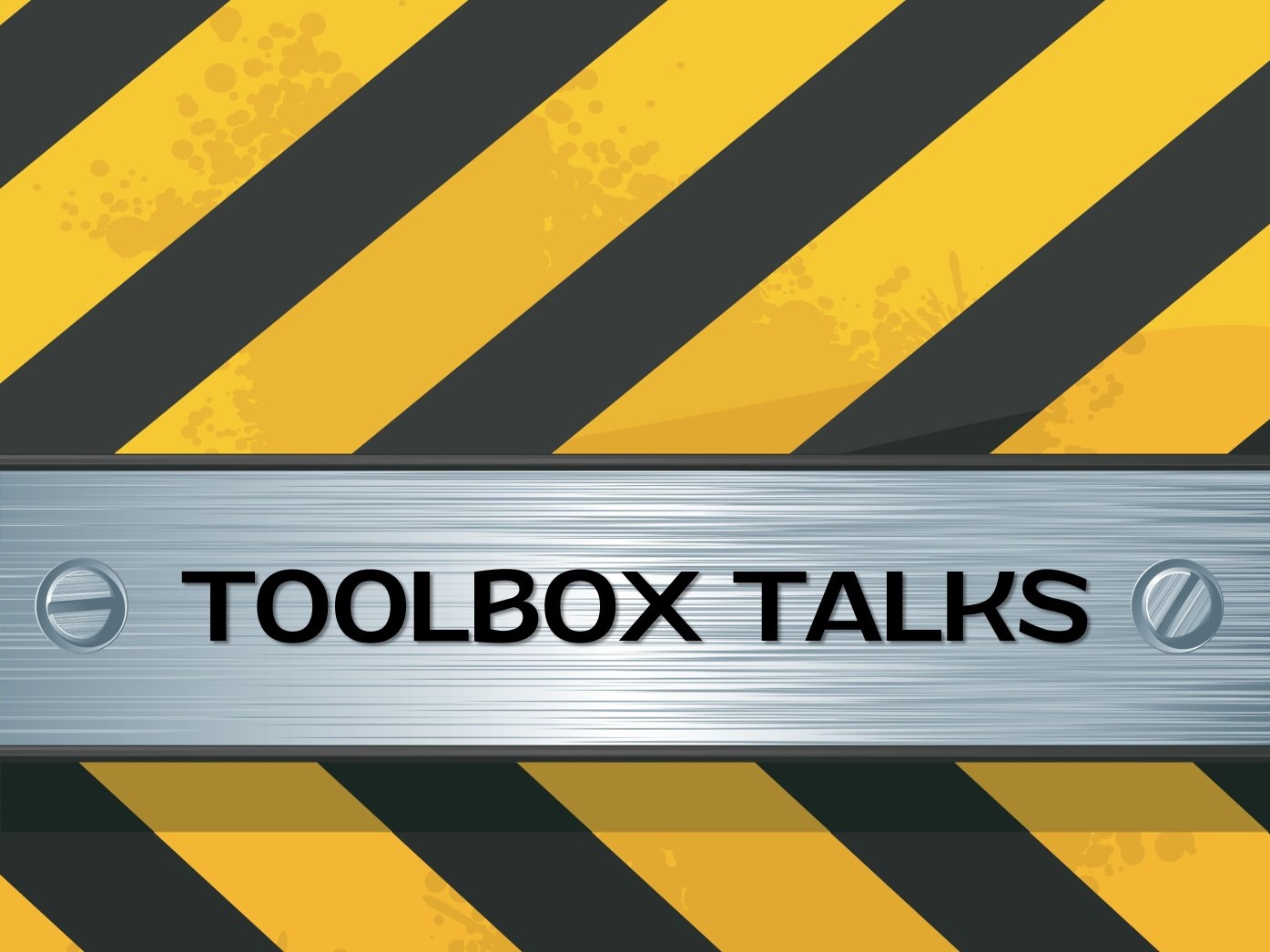Accidental fires are an unusual occurrence in most workplaces. So it is easy to take for granted some of the everyday hazards that, if overlooked, can contribute to the occurrence of these fires. So here are some general tips to help prevent accidental fires at work, as well as at your home:
- Dispense flammable liquids only in areas free from sparks, flames, and other sources of ignition.
- Keep all containers of flammable liquids closed or covered when they are not in use. And return them to their designated storage area when you are done using them;
- When dispensing flammable liquid from one container into another, bond the two containers together and ground one. This helps prevent the build-up of static electricity, which can create a spark and ignite the vapors;
- Discard all rags and waste materials that are impregnated with flammable or combustible liquids, oil, or grease in covered, self-closing metal containers (should be colored red), and empty these containers into designated receptacles at the end of your shift;
- Keep all wastepaper, cardboard, and similar combustible materials cleaned up and placed in designated waste receptacles. Letting these items accumulate on the floor or other work areas creates an unnecessary fire hazard;
- Only use flame or spark-producing equipment, such as welders, torches, Saws and grinders, in designated areas. Special approval of management must be obtained to use this type equipment in areas where it is not normally used (discuss your company’s “hot-work permit”, if you have one);
- Smoking is allowed only in designated areas. Always dispose of butts in designated receptacles (if you have implemented a smoking ban at your site, discuss.);
- Make certain to avoid stacking materials too close to fire sprinkler heads, as doing so can affect their ability to disperse water adequately when activated; usually we must maintain a minimum of 18 inches of clearance below the level of the sprinkler heads;
- Make sure portable fire extinguishers always remain fully charged and accessible .
- Ensure to inspect your extinguishers monthly.
If you must use an extinguisher follow the rules below:
.
Discharge the extinguisher within its effective range using the P.A.S.S. technique (pull, aim, squeeze, sweep). Back away from an extinguished fire in case it flames up again. Evacuate immediately if the extinguisher is empty and the fire is not out
**toolbox talk provided courtesy of www.oshatraining.com
